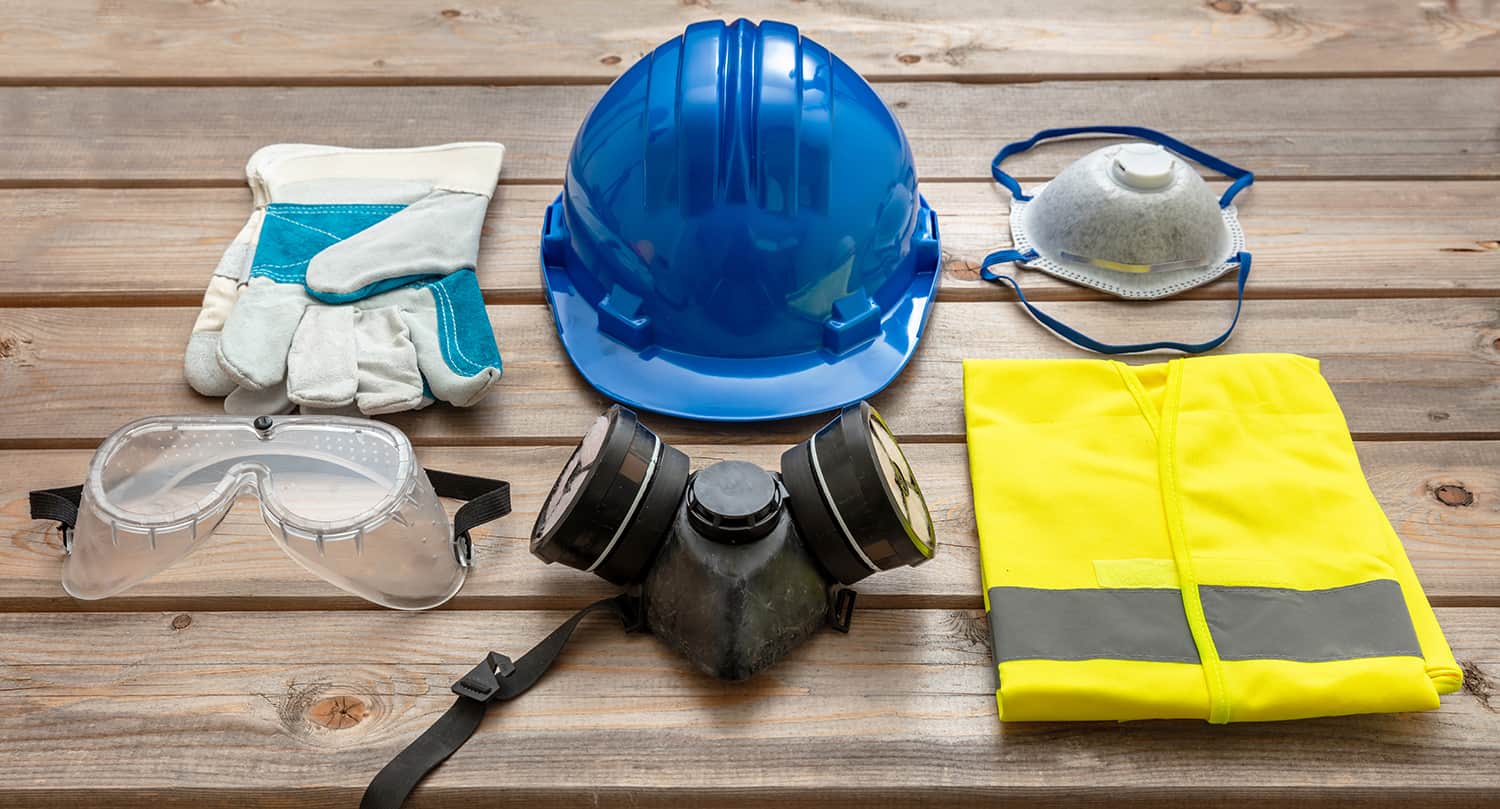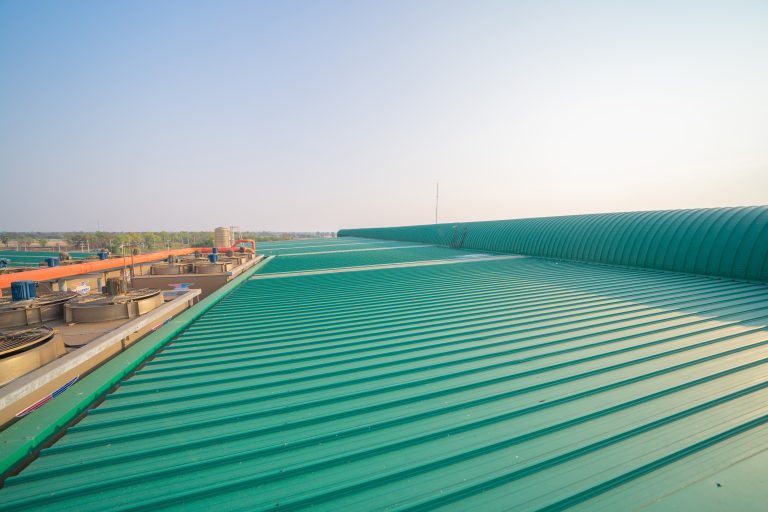Regardless of the type of construction project, anyone on site must take proper safety precautions to protect themselves while performing their duties, and it’s critical that workers have access to effective personal protective equipment (PPE) while on the job. PPE can be any type of clothing or gear that offers protection to people while they work in environments that involve potential risks from factors such as hazardous materials or heavy equipment. PPE is necessary to help prevent accidents from occurring as well as to eliminate any safety concerns that workers may have.
1: Eyes and Face
Eye and face PPE, such as welding shields and goggles, can protect from many common construction hazards, including dust particles, metal shavings, and chemicals. Appropriate eye and face protection should fit comfortably, be durable enough to stop debris or projectiles from harming the eyes or skin, and be easy to clean in order to maintain clear vision at all times.
2: Head
If there is a potential risk for head injury, workers should wear head protection. Hard hats are one of the most familiar forms of head PPE; typically, hard hats have a tough outer shell that prevents penetration, and an inner lining that absorbs any shocks. Head PPE can prevent injury from hazards such as dangling or falling objects.
3: Ears
It is often the case that construction job sites are exceptionally loud environments. The best method of preventing noise-induced hearing loss is to reduce the noise at the source by careful engineering methods; however, these measures are not always possible. Ear-specific PPE, such as earplugs or earmuffs, are an effective method for preventing or reducing harm to hearing. This PPE can also prevent headaches and help to improve focus.
4: Feet and Legs
Some of the main hazards to feet and legs in a construction workplace are heavy objects that can fall or roll, sharp objects on the ground, and slippery areas. PPE for feet and legs ensures that workers can function safely, and includes special pants or leggings, leg guards, long aprons, and thick safety shoes or boots. PPE for feet and legs should fit comfortably without being too loose, and should be easy to walk in.
5: Hands and Arms
Hands and arms are used for many work tasks, and may come into contact with more hazards than other parts of the body. PPE such as sleeves, gloves, and jackets made out of protective materials can offer important protection from potential dangers ranging from chemicals to power tools to open flames.
Because of the high number of risks associated with construction workplaces, workers must have access to appropriate PPE to reduce the risk of injury or death. That’s why it’s important to choose the right construction team for your project. At Pulse Construction, we’re committed to doing business with an honest, professional, and competitive approach – without compromising safety or schedules. Contact us today for all of your building needs.



